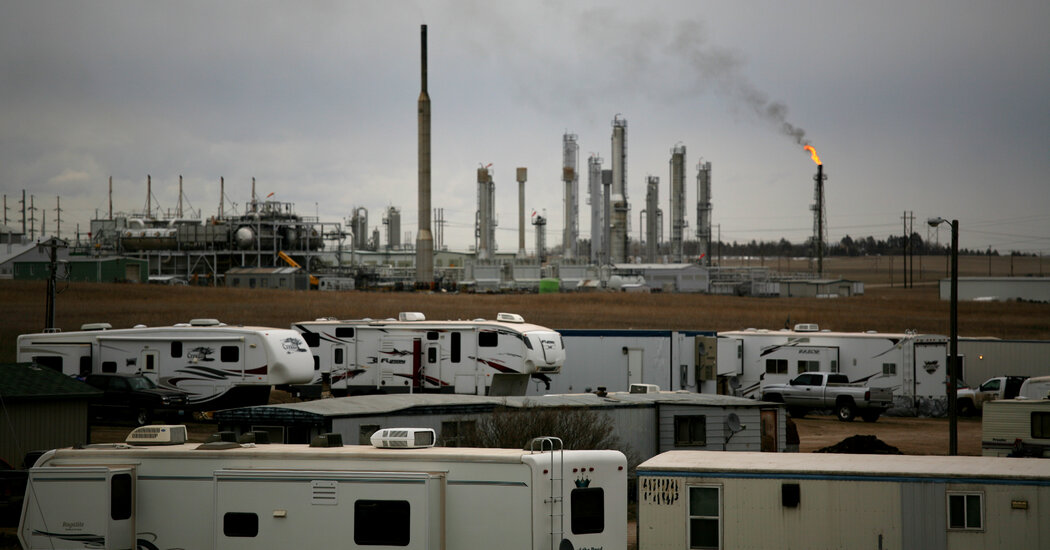
Indeed, the Federal Reserve is trying to cut it off. Jerome H. Powell, the Fed chair, has described the labor market, with twice as many open jobs as unemployed workers, as “unsustainably hot,” and is trying to cool it through aggressive interest rate increases. He and his colleagues have argued repeatedly that a more normal economy — less like a boomtown, with lower inflation — will be better for workers in the long term.
“We all want to get back to the kind of labor market we had before the pandemic, where differences between racial and gender differences and that kind of thing were at historic minimums, where participation was high, where inflation was low,” Mr. Powell said last month. “We want to get back to that. But that’s not happening. That’s not going to happen without restoring price stability.”
Mr. Biden and his advisers, too, have argued that a cooling economy is inevitable and even necessary as the country resets from its reopening-fueled surge. In an opinion article in The Wall Street Journal in May, Mr. Biden warned that monthly job growth was likely to slow, to around 150,000 a month from more than 500,000, in “a sign that we are successfully moving into the next phase of the recovery.”
So far, that transition has been elusive. Forecasters had expected hiring to slow in July, to a gain of about 250,000 jobs. Instead, the figure was above 500,000, the highest in five months, the Labor Department reported on Friday. But the labor force — the number of people who are either working or actively looking for work — shrank and remains stubbornly below its prepandemic level, a sign that the supply constraints that have contributed to high inflation won’t abate quickly.
Ms. Sinclair said it shouldn’t be surprising that it was taking time to readjust after the coronavirus disrupted nearly every aspect of life and work. As of July, the U.S. economy, in the aggregate, had recovered all the jobs lost during the early weeks of the pandemic. But beneath the surface, the situation looks drastically different from what it was in February 2020. There are nearly half a million more warehouse workers today, and nearly 90,000 fewer child care workers. Millions of people are still working remotely. Others have changed careers, started businesses or stopped working.




